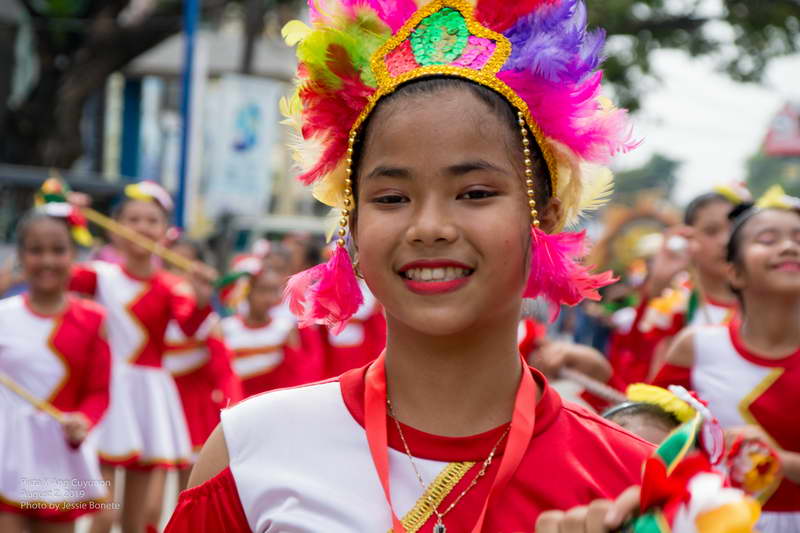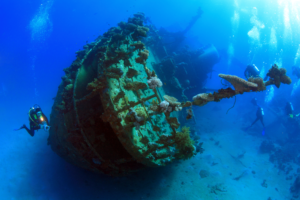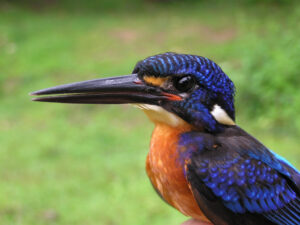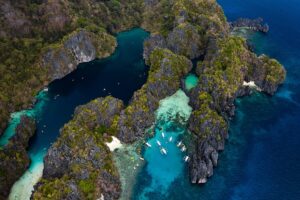
Unveiling the Cuyunon: Keepers of Palawan’s Spirit
Beyond turquoise lagoons and iconic limestone cliffs, the true soul of Palawan lies in its people. In the northern reaches of the province, nestled among islands less trodden, you’ll find the Cuyunon. Their traditions, language, and connection to the land paint a picture of a Philippines few tourists ever glimpse. Journey with us as we respectfully explore this fascinating culture.
Who are the Cuyunon?
Also called Cuyunin, the Cuyunon tribe has called Palawan’s Cuyo Islands and surrounding areas home for centuries. With a population around 100,000, they are one of the largest indigenous groups in Palawan. Their roots lie in the Austronesian migrations that brought the first inhabitants to the Philippines. This heritage makes them relatives of countless cultural groups throughout Southeast Asia and the Pacific Islands.
The Cuyunon Language: Echoes of the Past
Their distinct language instantly sets the Cuyunon apart. While related to Tagalog, it boasts unique vocabulary and grammar – a linguistic treasure. Traditionally passed down through storytelling and everyday conversation, Cuyunon elders and language revitalization programs fight to preserve this echo of their ancestors.
A Life in Harmony with Land and Sea
The Cuyunon way of life centers on a deep respect for their island environment. Fishing and farming are done sustainably, ensuring bounty for generations to come. Their traditional homes, often built on stilts near the water, reflect this intimate connection with the sea. This isn’t just about survival; their beliefs intertwine nature with the spiritual realm. Each fishing trip and harvest is filled with a sense of gratitude to the world around them.
Cuyunon Culture: Where Traditions Thrive
- Festivals and Rituals: The Cuyunon calendar bursts with celebrations tied to harvests, honoring ancestors, and life’s milestones. These aren’t just parties, but ways to pass traditions to the next generation and strengthen village bonds.
- Music & Dance: No festival is complete without the vibrant rhythms of Cuyunon music. Songs and dances can express everything from pure joy to tales of legendary heroes.
- Myth & Magic: Ask a Cuyunon elder for stories, and prepare to be transported. Tales of enchanted Diwata spirits, brave warriors, and the lessons hidden within nature captivate young and old alike, weaving a tapestry of cultural identity.
- Traditional Crafts: Cuyunon artisans are renowned for their weaving, woodcarving, and boat-building skills. These crafts go beyond practicality; they are artistic expressions of their connection to the natural world and their heritage.
Challenges and Resilience: The Cuyunon in a Changing World
Unfortunately, even this resilient tribe faces modern pressures. Urbanization, environmental threats, and a globalized world can erode traditions. But the Cuyunon aren’t passive victims of change. Community projects document oral histories, revitalize ancestral skills, and ensure younger generations feel pride in their unique heritage.
Experiencing Cuyunon Culture (Respectfully!)
- Seek Immersive Experiences: If possible, prioritize homestays or overnight visits to Cuyunon villages rather than day trips. This allows for deeper interaction and genuine cultural exchange.
- Support Cuyunon-Led Tourism: Choose tours where proceeds directly benefit Cuyunon communities, and where local guides share their knowledge with integrity.
- Observe and Learn: Participate in activities offered by your hosts, such as fishing expeditions or handicraft workshops. Be an enthusiastic student of their way of life.
- Be a Respectful Guest: Dress modestly, learn some basic phrases in their language, and graciously accept offers of hospitality. Honor their customs, even if unfamiliar.
Preserving the Spirit of Palawan: Support the Cuyunon
- Ethical Shopping: Purchase handicrafts directly from Cuyunon artisans, ensuring fair compensation for their skills. Avoid haggling excessively and pay a price that reflects the true value of their work.
- Supporting Conservation: Choose tour operators that support Cuyunon communities and prioritize protection of their ancestral lands and waters.
- Island Hopping Responsibly? Look for Green Gecko! Green Gecko Expeditions offers amazing 3-day boat trips between Coron and El Nido with a focus on island hopping. These trips may include stops in traditionally Cuyunon areas. Search for keywords like ‘Coron to El Nido boat tour’, ‘Philippines island hopping’, or ‘El Nido to Coron expedition’ to find tours with an ethical focus.
The Cuyunon: Palawan’s Heart and Soul
While Palawan’s beaches lure most travelers, those who dig deeper discover its true heritage. The Cuyunon stand as protectors of a way of life intrinsically linked to these islands. Whether you’re lucky enough to visit in person or simply learn from afar, may their story inspire you to appreciate cultures near and far, and support their preservation.
Have you encountered Cuyunon culture? Share your experiences in the comments!




